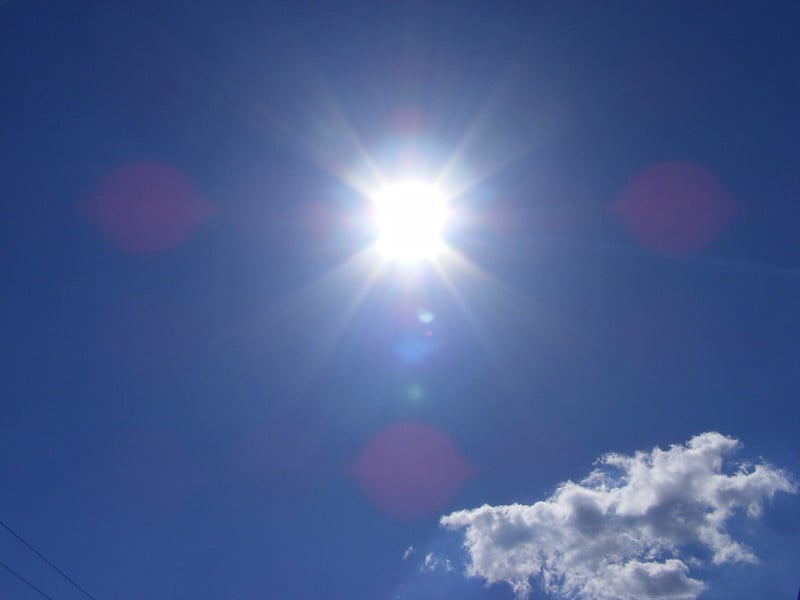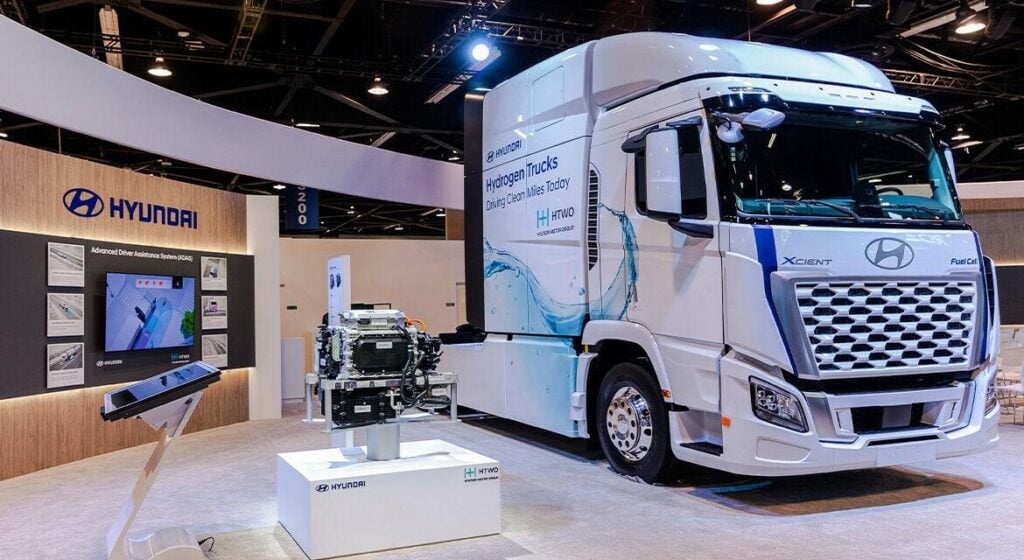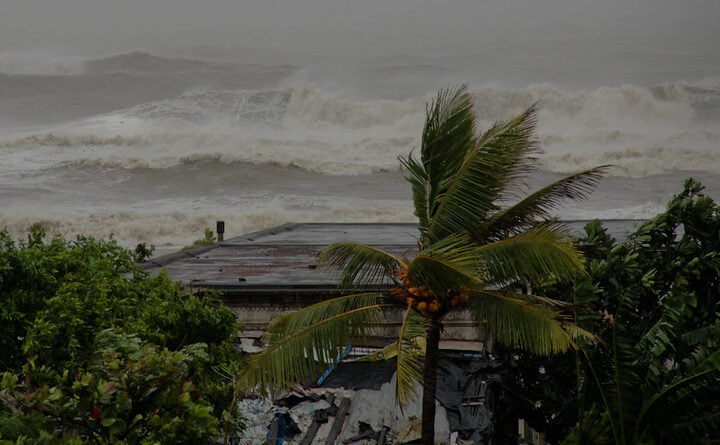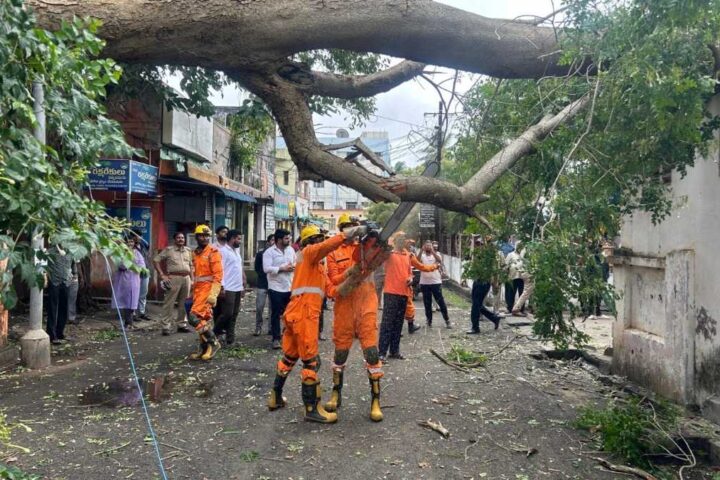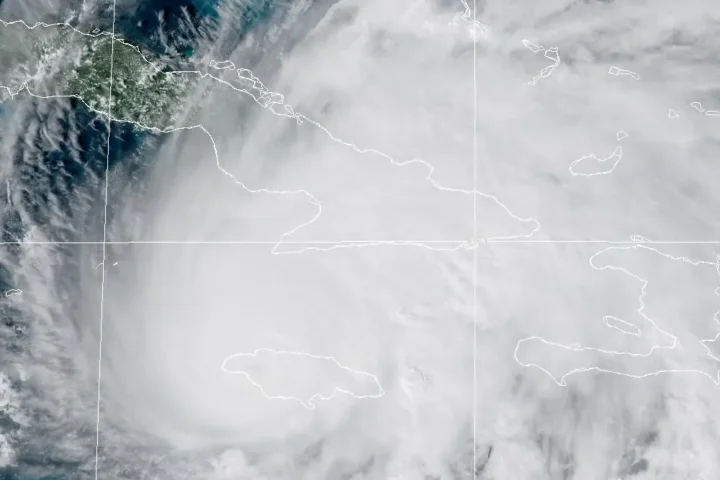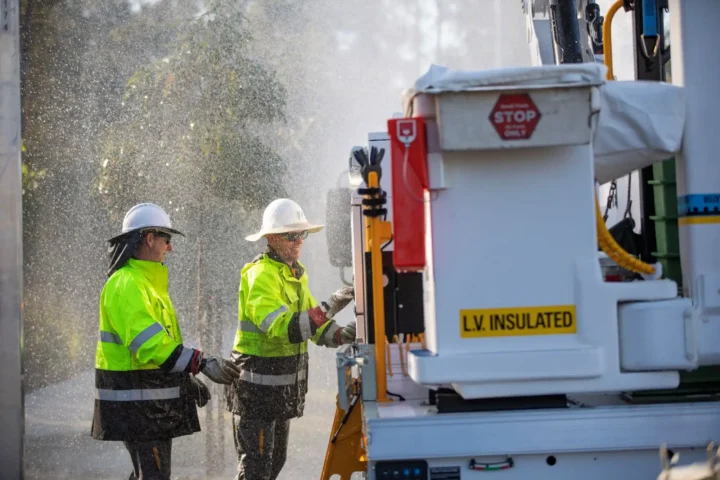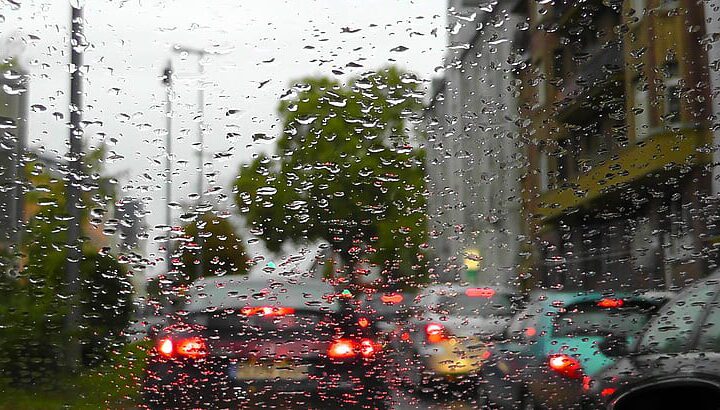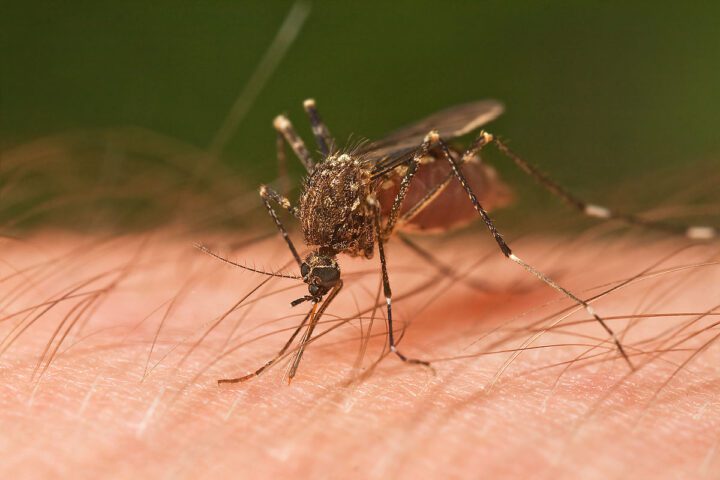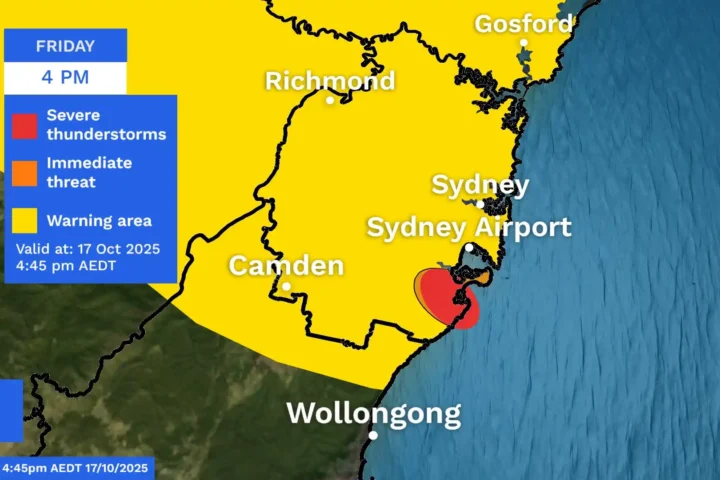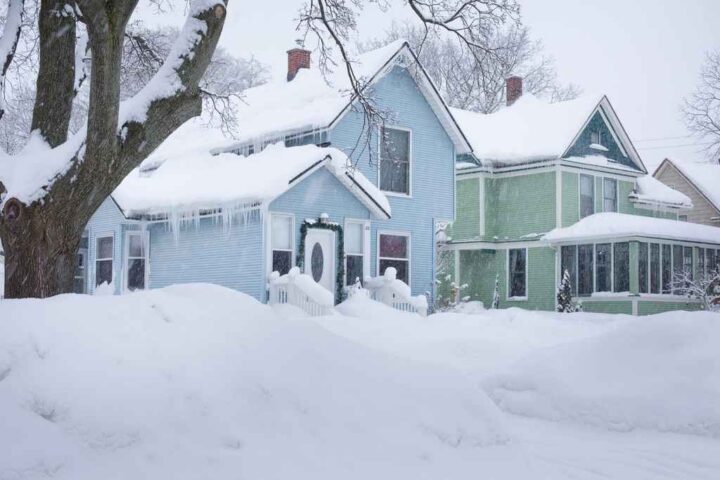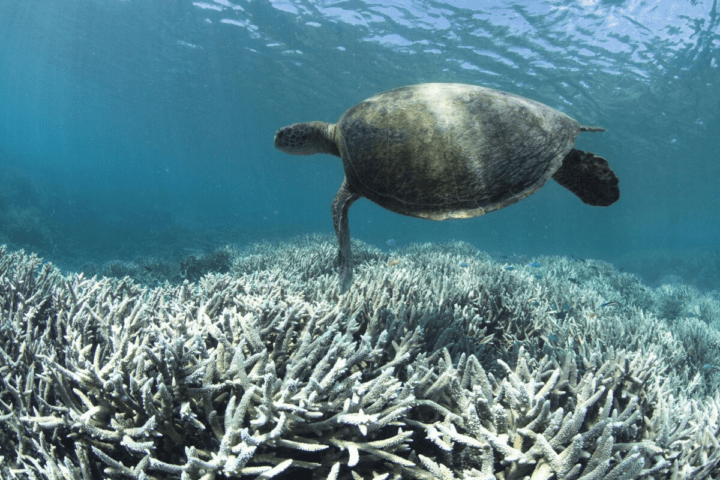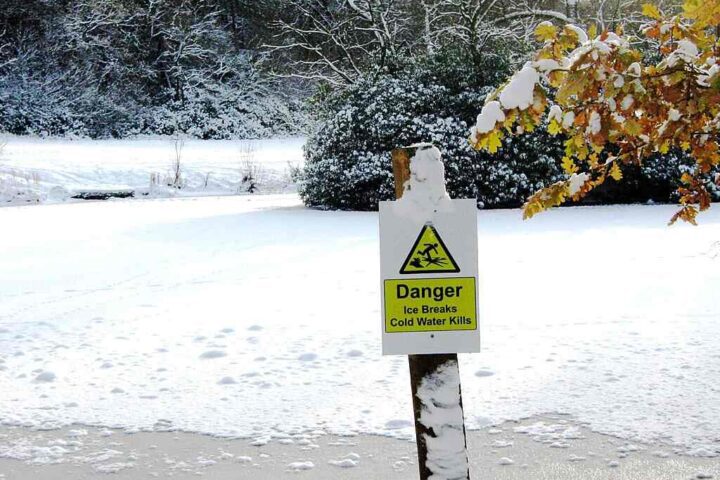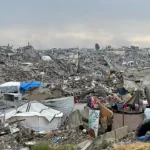Night temperatures in Indian cities are rising faster than daytime heat, creating a dangerous situation where people can’t recover from hot days, reveals extensive research covering 734 districts across India.
Mumbai residents now experience 15 more very warm nights each summer compared to previous decades. Cities like Bengaluru have 11 more warm nights, while Bhopal and Jaipur face 7 additional hot nights. Even Delhi, known for its dry heat, now deals with 6 more uncomfortably warm nights.
“Heat stress is no longer a future threat—it’s here now,” says Dr. Arunabha Ghosh, CEO of the Council on Energy, Environment and Water (CEEW). “The danger doesn’t end when the sun sets.”
The research uncovers a troubling shift in North India’s weather patterns. Cities like Delhi, Chandigarh, and Jaipur, typically known for dry heat, now face rising humidity levels of 40-50%, up from their usual 30-40%. This combination of heat and humidity makes even moderate temperatures feel 3-5°C hotter, as sweat doesn’t evaporate easily to cool the body.
Similar Posts
Outdoor workers bear the worst impact. Last year alone, Indians lost work hours equivalent to 5.4% of the GDP due to extreme heat. The situation particularly affects those without access to air conditioning or proper ventilation.
The changes aren’t limited to traditionally hot regions. Even the cooler Himalayan areas like Jammu and Kashmir now experience over 15 more very hot days and nights each summer, threatening the delicate mountain environment.
Cities are taking steps to address this crisis. The Delhi government is strengthening building standards to include better ventilation and heat-reflecting roofs. They’re also creating more shaded spaces and cooling shelters for people who work outdoors.
The national weather department warns this summer could bring 10-12 days of extreme heat in northwestern regions, instead of the usual 5-6 days. Last year, the country recorded over 40,000 suspected heat stroke cases and 110 confirmed deaths between March and June.
Dr. Vishwas Chitale, who led the research at CEEW, points out the need for long-term solutions: “We need better early warning systems, insurance for workers who lose income due to heat, and more cooling shelters that don’t harm the environment.”

For the first time, state governments can now use disaster management funds specifically for heat-related problems, opening new possibilities for protecting people from rising temperatures.
The study’s findings paint a clear picture: 57% of Indian districts, home to three-quarters of the population, now face high or very high heat risk. Dense urban areas with lots of buildings and fewer trees feel the impact most severely, turning many cities into heat traps that stay warm well into the night.
